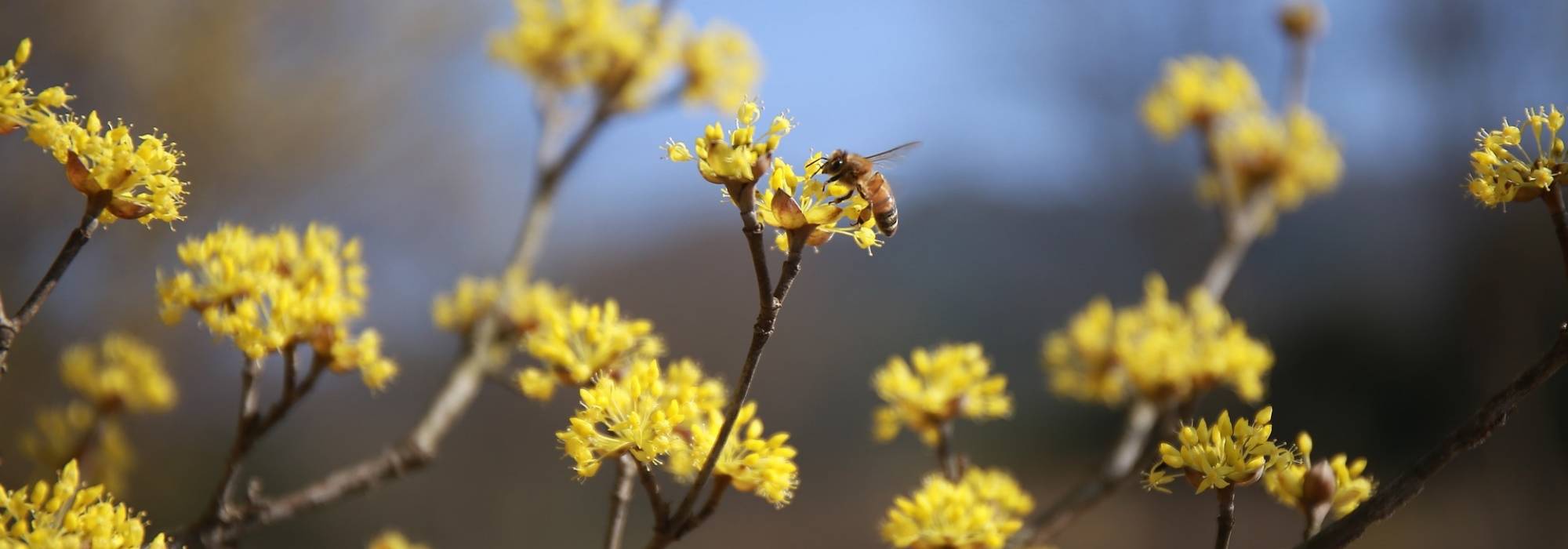
A natural hedge to enhance biodiversity
Why, how, and suitable plants
Contents
The live hedges of native essences that once dotted our rural landscapes have been, without further ado, decimated at the altar of intensive agricultural production. The benefits of hedgerows were, however, numerous. This type of hedge can be very ornamental due to its flowering, fruiting, and even the colour of its autumn foliage. But above all, you will give a significant boost to nature in your garden. It will repay you with a few small services: regulation of “pests”, edible fruits, reduction of negative wind impact, soil stabilization, reduction of “leaching”, mitigation of drought impact, protection and screening, and of course, a genuine landscape interest.
Such a hedge constitutes a biotope for many living beings: birds, small mammals, insects, and other invertebrates like spiders, … But also: climbing plants, mosses, fungi, and lichens.
For the birds
The needs of birds
Birds require two main things in a garden: food and shelter (especially for nesting).
Birds have different diets depending on the species. Some are granivorous (Hawfinch and European Goldfinch), insectivorous (Blackcap and Chiffchaff), frugivorous (Bohemian Waxwing), omnivorous (Great Tit and Blue Tit), vermivorous (Blackbird) or carnivorous (Carrion Crow and Magpie).
Most insectivores will seek insects further south when winter arrives. Granivores and frugivores come to us in winter, leaving behind a Scandinavia that becomes inhospitable for a few months.
My tips to encourage their presence
The key is to leave the hedge free with minimal maintenance or pruning. Indeed, the ideal is for the bushes to complete a full cycle from flowering to fruiting.
Regarding shelter, a dense hedge of deciduous or evergreen, ramified and/or thorny bushes is perfect for peaceful nesting. Additionally, you may be lucky enough to welcome the Red-backed Shrike, which impales its prey on the thorns of the bushes.
Don’t hesitate to insert some birdhouses into your hedge, taking care to vary the designs: closed birdhouses for cavity-nesters with a hole of different diameters depending on the bird to be welcomed (starling or tit, for example), semi-open birdhouses for semi-cavity-nesters (Robin or Grey Wagtail). Be sure to leave moss and lichen on the trunks as they not only do not harm the plants as sometimes claimed, but also provide materials for building certain nests (e.g. Long-tailed Tit) and offer shelter to some small insects that live inside. You can also leave herbaceous plants all year round at the foot of your hedge, especially in winter, as they will provide a food source for granivores in winter and a protective medium for some birds that prefer to live on the ground (This is the case for the Dunnock).
Some trees and shrubs to favour in your hedge
Blackthorn, Hawthorn, Pyracantha, Holly, Yew, Gorse, Dog Rose, …
 Ilex aquifolium, Prunus spinosa, Rosa canina (botanical roses)
Ilex aquifolium, Prunus spinosa, Rosa canina (botanical roses)
Read also
Best melliferous plants by seasonFor wild bees and bumblebees
The needs of wild bees, bumblebees, and other pollinators
The nectar from flowers is plentiful from spring until the end of summer, but… some wild bees and a few bumblebees extend their little antennae very early in the year. The ideal is to plant very early flowering bushes in the hedge: Cornus mas and Salix sp. for example. At the end of the year, it is ivy that will provide them with a welcome nutritional boost as it flowers very late. (please note: ivy also provides shelter and food for birds). Let’s also think of other pollinating insects such as hoverflies, those funny little flies disguised as bees, which are undeniably useful in the garden: their larvae prey on aphids and other pests, and the adults are brilliant pollinators.
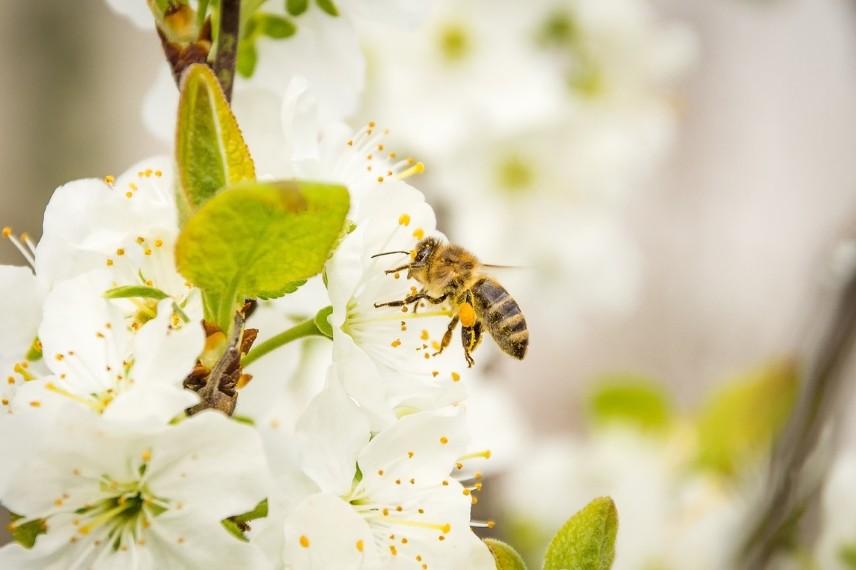
Bee in full harvest
My tips for encouraging their presence
Early and late flowering plants are perfect for pollinators: Cornus mas, Mimosa, or a simple Salix caprea, which flowers early in spring, will provide the first food for bees. At the end of the season: let’s think of ivy, this wonderful climbing plant has the advantage of flowering late in the season, thus delivering one of the last sources of food for foraging insects.
In season, consider flowering and nutritious bushes such as hawthorns, blackthorns, lilacs, Philadelphus, spireas, …
And of course, a total boycott of insecticides in your garden is essential.
Some trees and bushes to favour in your hedge
Cornus mas, Mimosa, or a simple Salix caprea, but also ivy, lilacs, Philadelphus, spireas, …

Cornus mas, Salix caprea (willows), Acacia dealbata

Hedera helix ‘Arborescens’ (Ivies), Syringa, Spirea (S. arguta, S. thunbergii, S. nipponica ‘Snowmound’, S. x vanhouttei)
Discover other Hedge shrubs
View all →Available in 0 sizes
Available in 1 sizes
Available in 1 sizes
Available in 1 sizes
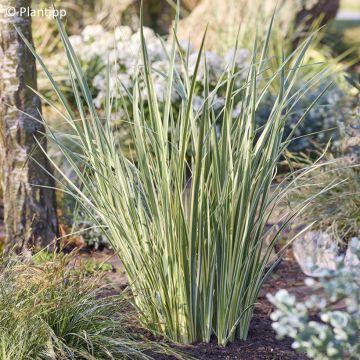
Available in 1 sizes
Available in 1 sizes
Available in 1 sizes
Available in 1 sizes
Available in 2 sizes
Available in 1 sizes
For butterflies
The needs of butterflies
Adult butterflies need nectar to feed, but it is important to remember that their caterpillars require a host plant that is often specific to the butterfly species: for example, the alder buckthorn for the Brimstone. Some hedge plants can nourish several different species, such as bramble, which will provide fruit for the gardener and birds later on. Ideally, leaving a few nettles at the base of the hedge would further increase the number of butterfly species possible.
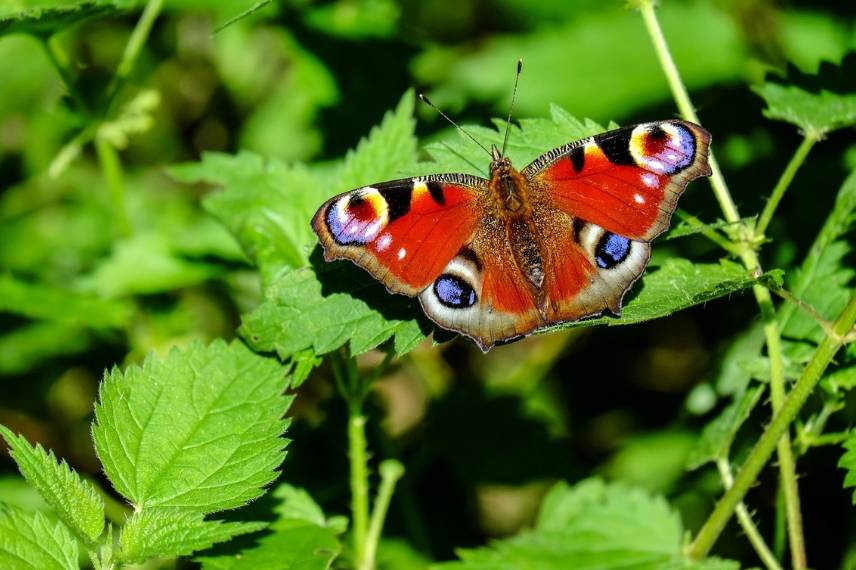
Nettle is a host plant for many butterflies, including the magnificent Peacock!
My tips for encouraging their presence
The Buddleia davidii is often referred to as the “butterfly bush” par excellence. This is completely false. Setting aside its tendency to become invasive (a topic still up for debate!), it will indeed be filled with an incredible number of butterflies, but only in the first year. In fact, the nectar of Buddleia davidii (I specify the species because other Buddleias do not have this problem) is so attractive to butterflies that it becomes a true drug. The butterflies thus attracted remain on the bush and do not reproduce.
Prefer other bushes that are just as nectariferous but far less problematic than Buddleia davidii: Japanese Spiraea, Black Elder, California Privet, Caryopteris, … And add a flowering strip at the base of your hedge with Asters, Eupatoriums, oregano, fennel, and… a bit of nettle.
Which trees and bushes to favour in my hedge
Japanese Spiraea, Black Elder, California Privet, Caryopteris, …

Spiraea japonica (‘Anthony Waterer’, ‘Shirobana’, ‘Goldflame’, etc…), Sambucus nigra, Caryopteris clandonensis
For small mammals
The needs of mammals
Dormice love to venture into impenetrable hedges. Bats appreciate the proliferation of tiny insects and nocturnal butterflies fluttering around the bushes. The shrew, a true machine for swallowing everything the gardener dreads, finds happiness in its incessant wandering at the foot of a hedge. And could it be a little squirrel coming to check if your hazelnuts are ripe yet? As you may have guessed, their needs are similar to those of other animals. They require two main things: shelter and food.
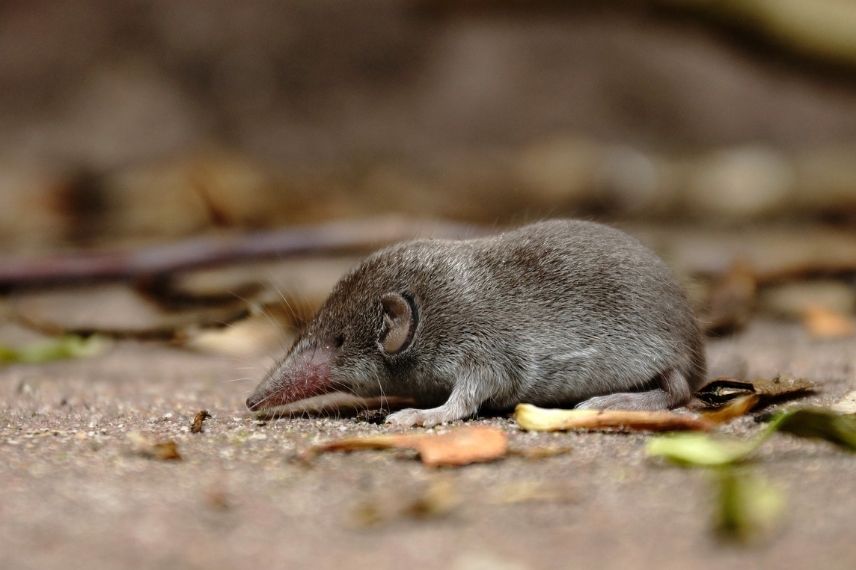 The garden shrew, an excellent ally for the gardener!
The garden shrew, an excellent ally for the gardener!
My tips for encouraging their presence
The bushier your hedge, the better. A good proportion of thorny bushes (bramble, hawthorn, blackthorn) will provide effective shelter, along with evergreen bushes (privet, holly, eleagnus, …). Fruit-bearing bushes will of course be welcome (hazel, elder, bramble, …). Furthermore, their flowering will attract various insects that will provide some protein for insectivorous creatures (bats, shrews, …) or for those who occasionally stray from their vegetarian diet (squirrel, dormouse, …).
Which trees and bushes to favour in my hedge
Hazel, Viburnum, Bramble, Elder, Hawthorn, Blackthorn, …
 Corylus avellana, Rubus fruticosus, Viburnum opulus
Corylus avellana, Rubus fruticosus, Viburnum opulus
Learn more
- Discover our video and follow our tips to create and maintain a country hedge.
- Also find our advice sheet on: 9 bushes for a bocage hedge
- Subscribe!
- Contents
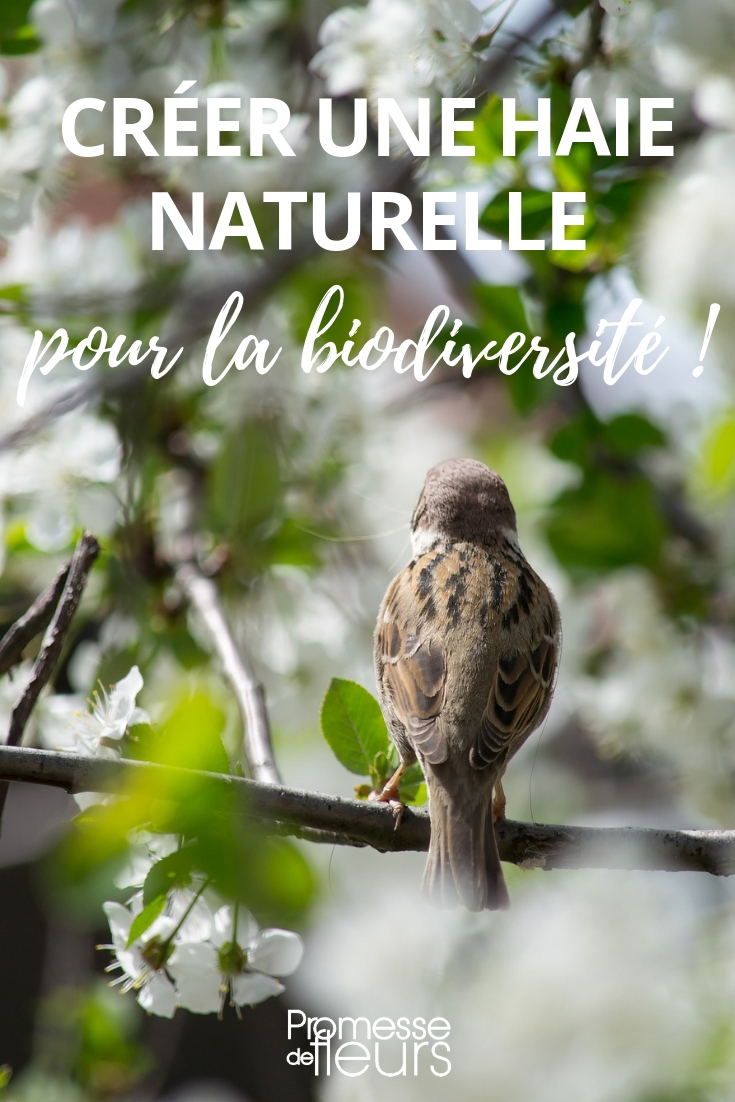































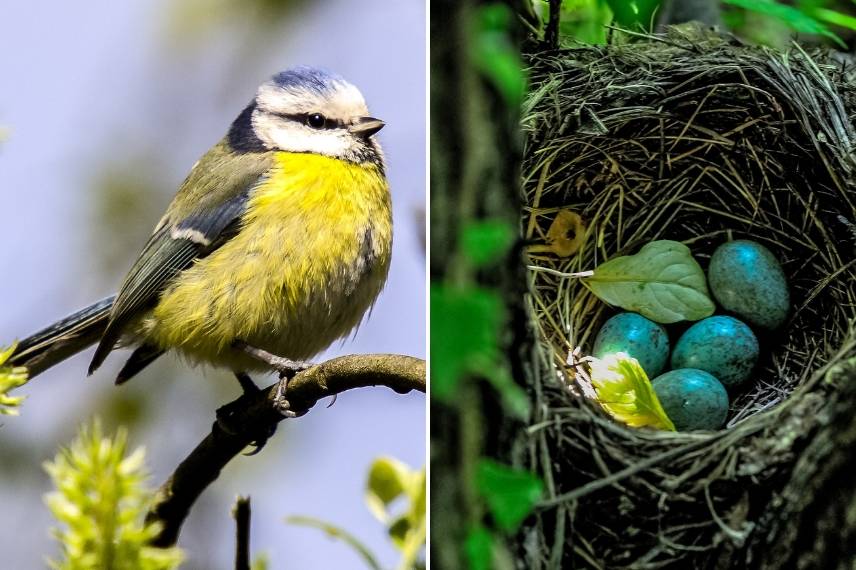



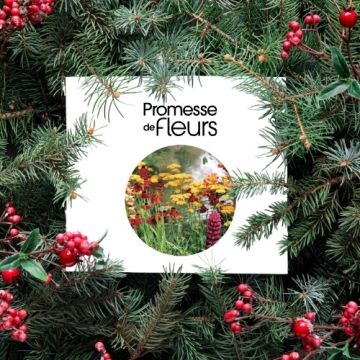
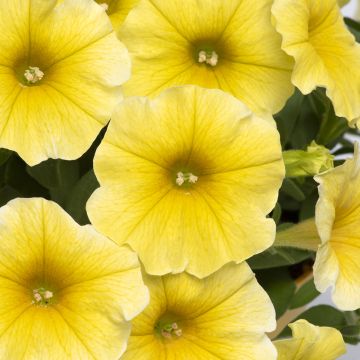
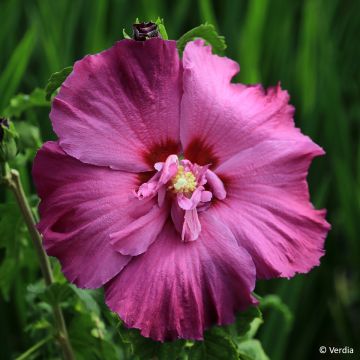
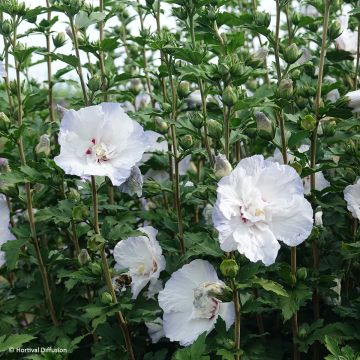


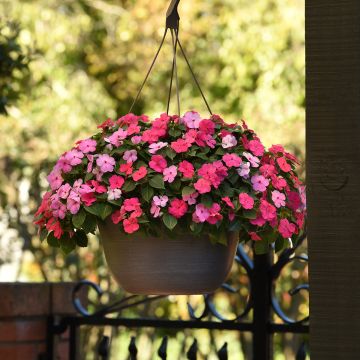
Comments